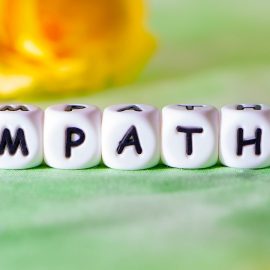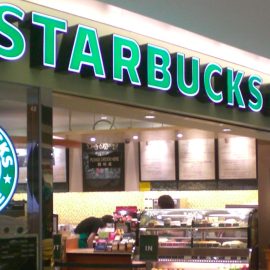

This article is an excerpt from the Shortform book guide to "Delivering Happiness" by Tony Hsieh. Shortform has the world's best summaries and analyses of books you should be reading.
Like this article? Sign up for a free trial here .
Do you have trouble setting standards for happiness in your company? How can you use Maslow’s hierarchy of needs for your business?
Surprisingly, Maslow’s hierarchy of needs doesn’t just apply to the behavior and motivation of humans. It can also imply three layers of happiness that business owners should keep in mind when thinking about employees and customers.
Keep reading to learn how former CEO of Zappos Tony Hsieh transformed the hierarchy of needs into business standards.
Happiness, Hierarchy, and Business
Hsieh has a theory on happiness that is based on Maslow’s hierarchy of needs, but for business. Maslow’s hierarchy sorts people’s needs and desires according to urgency. Survival needs such as food and shelter are the most urgent because you need to fulfill them to stay alive. Once you meet these basic requirements for life, Maslow says your desires and needs grow more abstract, such as the need for recognition.
(Shortform note: Maslow’s hierarchy of needs has five layers: physiological needs (such as food), safety needs (such as financial security), social needs (such as friendship), esteem needs (such as being treated with respect), and self-actualization needs, or the ability to fulfill your talents and potential. The first four layers are deficiency needs, where your needs occur because you lack something (such as food). The final layer, however, is a growth need: The need for self-actualization occurs because you want to grow as a person, rather than because you’re lacking something. This final layer is also the most abstract: Self-actualization means different things to different people since everyone has different talents and potential to fulfill.)
Hsieh’s theory of happiness adjusts Maslow’s hierarchy of needs for businesses. It posits three levels of happiness that apply both to customers and employees: The company first meets its customers’ and employees’ expectations, then their desires, and finally their unrecognized needs. Your goal as a company is to meet each level of happiness because the more levels you meet, the happier your employees and customers will be.
Let’s take a closer look at these three levels of a business’s hierarchy of needs:
Fulfilling Expectations
This is the standard of service that your company must meet to retain customers, Hsieh says. For example, customers expect you to ship them the correct item, and employees expect to be paid for their work. If you don’t meet these expectations, customers and employees will take their business and experience to your competitors, losing your company profit. In Maslow’s terms, there are physiological and safety needs.
Fulfilling Desires
Meeting desires (things your customers and employees want but don’t necessarily need) isn’t essential to your company’s survival, but it improves customer and employee relationships and inspires loyalty. However, this second level of the hierarchy does not overpower the first, Hsieh emphasizes. The customer or employee’s happiness is still contingent on you fulfilling their basic expectations, no matter how many of their desires you fulfill. On the hierarchy of needs, business standards such as customer happiness equate to social needs.
For example, employees want to be recognized for their work. Your company can meet this desire by hiring encouraging managers who recognize their employees for their hard work. However, you must still meet your employees’ expectations: Encouraging managers can’t retain employees who aren’t being paid.
(Shortform note: Sometimes, customers don’t know their desires, which makes it difficult to fulfill them. For example, when asked what they want, customers may give one answer in a survey while their spending habits indicate another. You must consider both customer feedback and spending habits to effectively meet customers’ desires. For example, if you run a restaurant, 70% of your customers may respond to a survey saying they want more healthy options on your menu. However, their purchasing habits show otherwise: Only 10% of people order those healthier options. If you only listened to the survey, rather than considering purchasing habits too, you’d lose money providing healthier food that your customers don’t really want.)
Fulfilling Unrecognized Needs
Once you’ve met the above requirements, you can focus on going above and beyond for your customers and employees to give them a final boost of happiness. You can do this by giving them things they didn’t even realize they needed. If you compare the hierarchy of needs to business, this is similar to esteem and self-actualization needs.
For example, customers need the item they ordered, which is why they ordered it. While they’d be happy to receive the item within the designated time, they’d be happier if it arrived faster. Thus, their unrecognized need is to receive the correct item quickly. Your company can meet this need by upgrading people to faster shipping.

———End of Preview———
Like what you just read? Read the rest of the world's best book summary and analysis of Tony Hsieh's "Delivering Happiness" at Shortform .
Here's what you'll find in our full Delivering Happiness summary :
- Former Zappos CEO Tony Hsieh's guide to workplace happiness
- The three principles that turned Zappos into a billion-dollar company in a decade
- An exploration of the psychology behind happiness and why it leads to success






